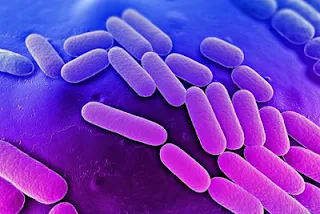Characterisation of clinically relevant bacteria isolated from dental waste and waste workers' hands, mucosas and coats
Infectious wastes are potential sources of pathogenic microorganisms, which may represent a risk to the professionals who manage them. In this study we aimed to characterize the infectious bacteria present in dental waste and waste workers. The dental waste produced over 24 hours was collected and waste workers were sampled by swabbing. Isolate resistance profiles were characterized by Vitek® and PCR and biofilm formation by Congo Red agar, string test and microtiter assay. To assess similarity between the waste and the workers' samples, a random amplified polymorphic DNA test was used. Twenty-eight bacteria were identified as clinically relevant. The most frequent gene was blaTEM present in five Gram-negative microorganisms, and one blaSHV in K. pneumoniae. All P. aeruginosa were positive to extracellular polymeric substances formation, except one isolated from a worker. K. pneumoniae had negative results for the string test. P. aeruginosa showed better adherence at 25°C after 48-hour incubation and K. pneumonia had the best biofilm formation at the same temperature, after24 hours. The similarity between P. aeruginosa recovered from dental waste and from workers was low, however, it is important to note that a pathogen was found on worker's hands and that improvements in biosafety are required. This article is protected by copyright. All rights reserved.
-----------------------------------------------------------
Sigue este Blog en Facebook y Twitter
REFERENCE:
Payment lock: Tagliaferri TL, et al. Phenotypic and genotypic characterisation of clinically relevant bacteria isolated from dental waste and waste workers' hands, mucosas and coats. Lett Appl Microbiol. 2017 Jul 16. doi: 10.1111/lam.12775. [Epub ahead of print] PubMed PMID: 28712134.
-----------------------------------------------------------
Sigue este Blog en Facebook y Twitter




Comentarios